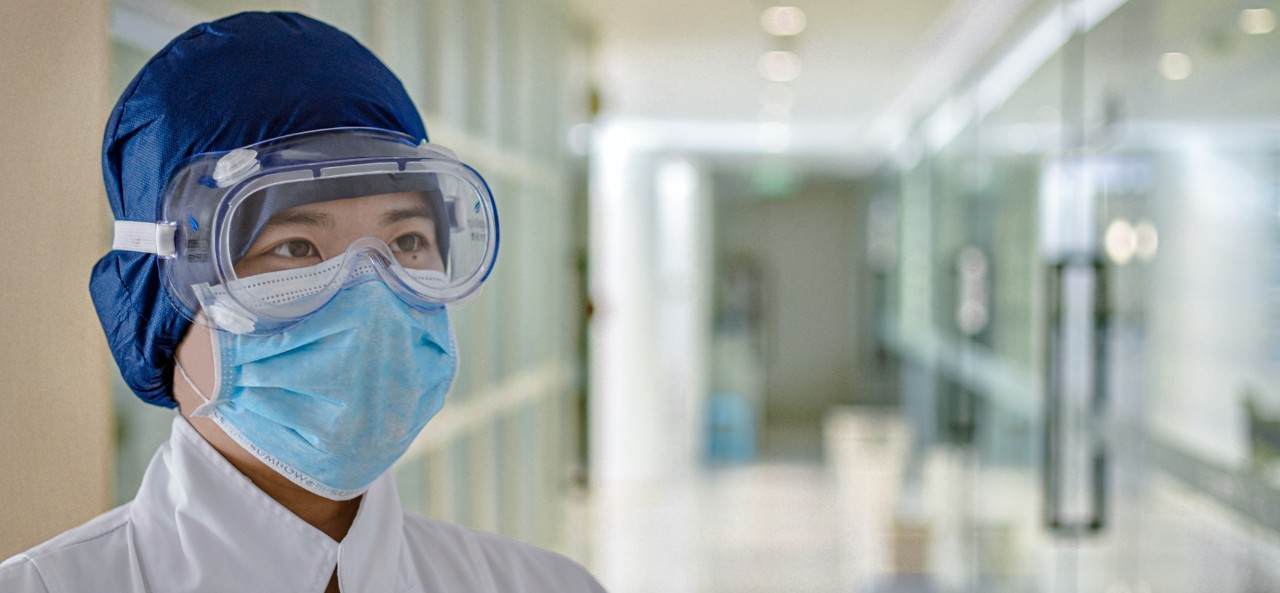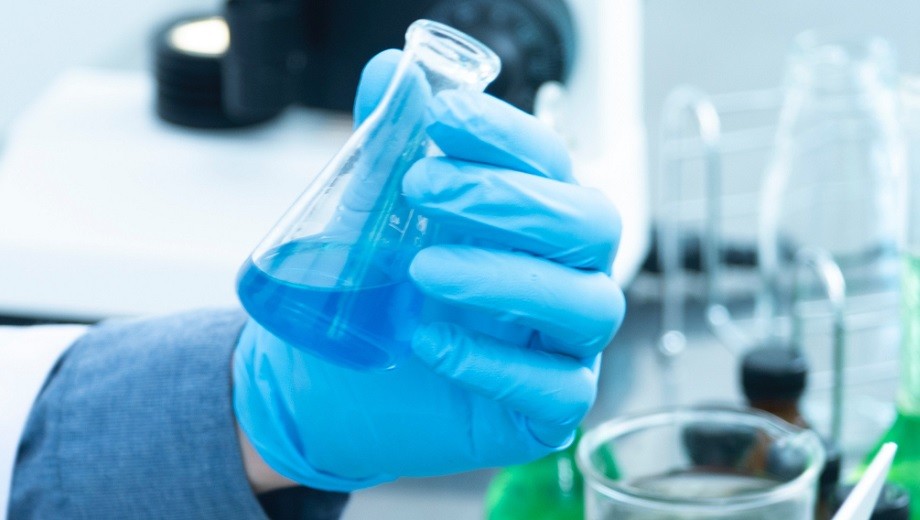For each new sample arriving at an Aegis lab, a label with a built-in Smartrac EPC Gen 2 passive ultra high-frequency (UHF) RAIN RFID inlay (WebLite, Monza 5) is encoded with a unique ID number via a Zebra RFID printer, and is then attached to that sample. At the same time, that ID is transmitted via the PortalTrack software on the lab's database. When the sample is placed within the cooler, the reader captures its ID and updates the software to indicate that the sample is in cold storage. Once the sample is removed from the cooler, the reader will no longer be able to read the RFID label's ID, and will send an update to the software accordingly. Each time the sample moves from one instrument to another, or from one section of the lab to another, the RFID readers capture those events and again update the software on the lab's database.
A scientist operating the instruments can view the history of each sample being worked on, and also know where it should go next, based on the sample's history and processing requirements.
If a client calls requesting a sample's status, a lab representative can simply search for that patient's ID in the software to ascertain where the sample has been and, therefore, when it will be completely processed.
Aegis is also collecting historical data regarding its own efficiency at specific times and days, as well as each instrument's operation. "When you're running a large laboratory," Case says, "it's important to know how the instrumentation is performing." If one instrument is taking longer to complete the testing, it may require maintenance or inspection.
In addition, the system provides long-term metrics regarding the rate at which samples are being processed, and when a lab may require more or less staffing. "What I'm interested in is long-term data mining. With long-term data mining, lab leadership can pull out trending data," Case says, explaining how the RFID data is correlated with information related to time, date and staffing.
The system also aids certifying scientists who must approve the completion of work accomplished on each sample. While the scientists, in the past, would have to read through manually entered details about the work completed, they can now simply sign in to a site in the software, created by Aegis, and review all of the information there. What's more, the software can warn a staff member in the event that a sample is being misrouted. For instance, if a specific process is expected for a sample, and if that sample's tag is then read at an incorrect location, the clinician will receive an alert via the software at his or her station.
Aegis expects to achieve a return on its investment based on a reduction in labor time that employees previously spent searching for samples and manually filling out details regarding which processes each sample is undergoing. "Pure labor savings is huge," Case says. However, he adds, the greatest benefit is in client satisfaction and retention. Automating the sample-tracking process, Case explains, enables them, on average, to be processed faster.
It took approximately one year to plan the system, Case reports, in order to ensure that tags were being read properly as the samples moved through the labs. Identifying the proper antennas for the instruments and coolers, as well as for the zone-reading in the ceilings, required considerable research before Aegis selected the near- and far-field antennas it now employs. The system was taken fully live early last year.
Brett Wilkerson, MSM Solutions' RFID business-development director, says that PortalTrack is designed to fit end users' existing workflows and processes so that integration of both the RFID software and hardware is non-disruptive. This was especially important in a busy laboratory environment, he notes, adding, "One of the statements we use to describe our software is 'Keeping Things Connected.'" at Aegis, he says, "They essentially have a 'talking' lab that provides real-time visibility into process flows, sample locations and IDs" that fit that objective.
Text by Claire Swedberg, courtesy of RFID Journal LLC




